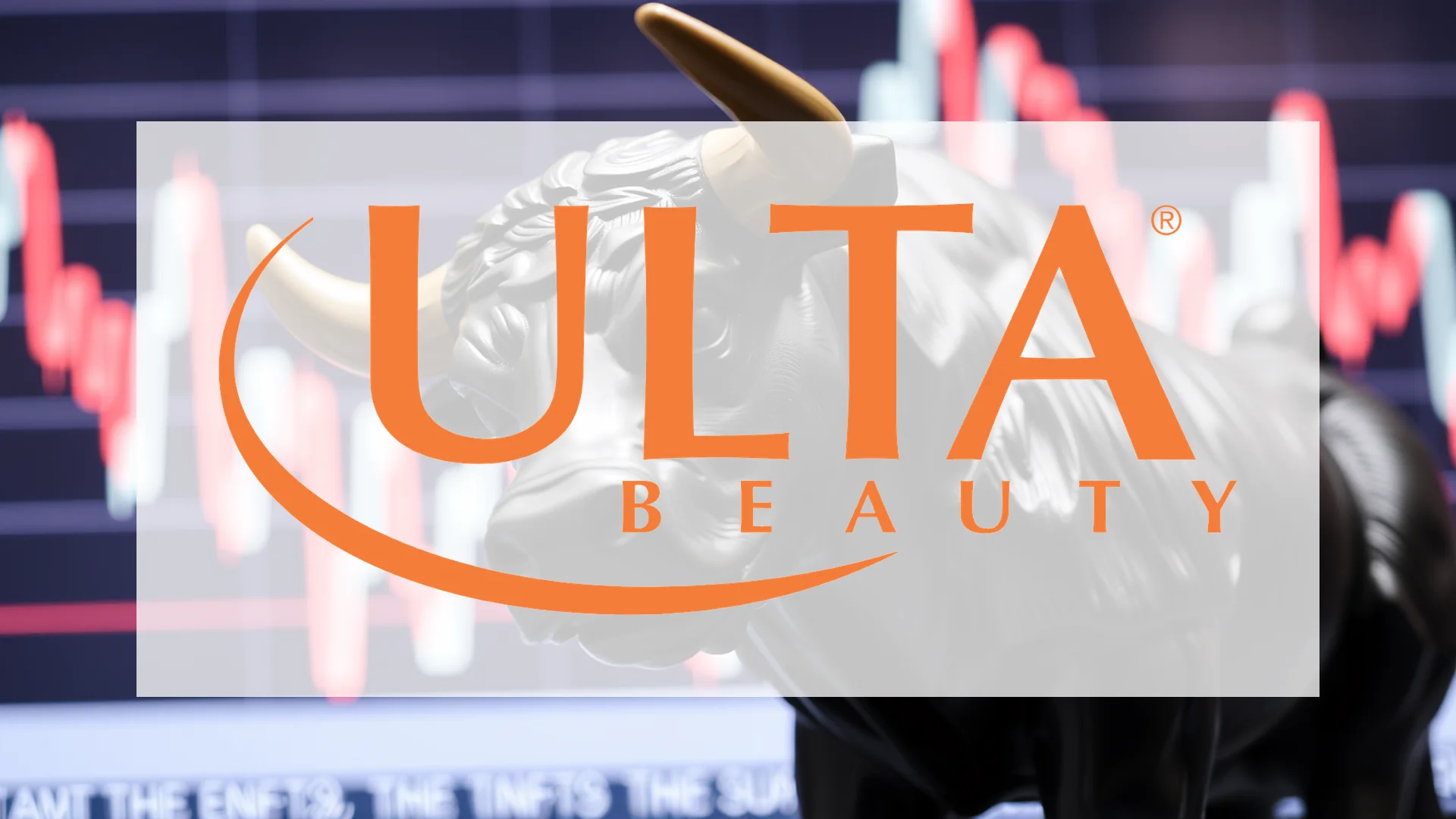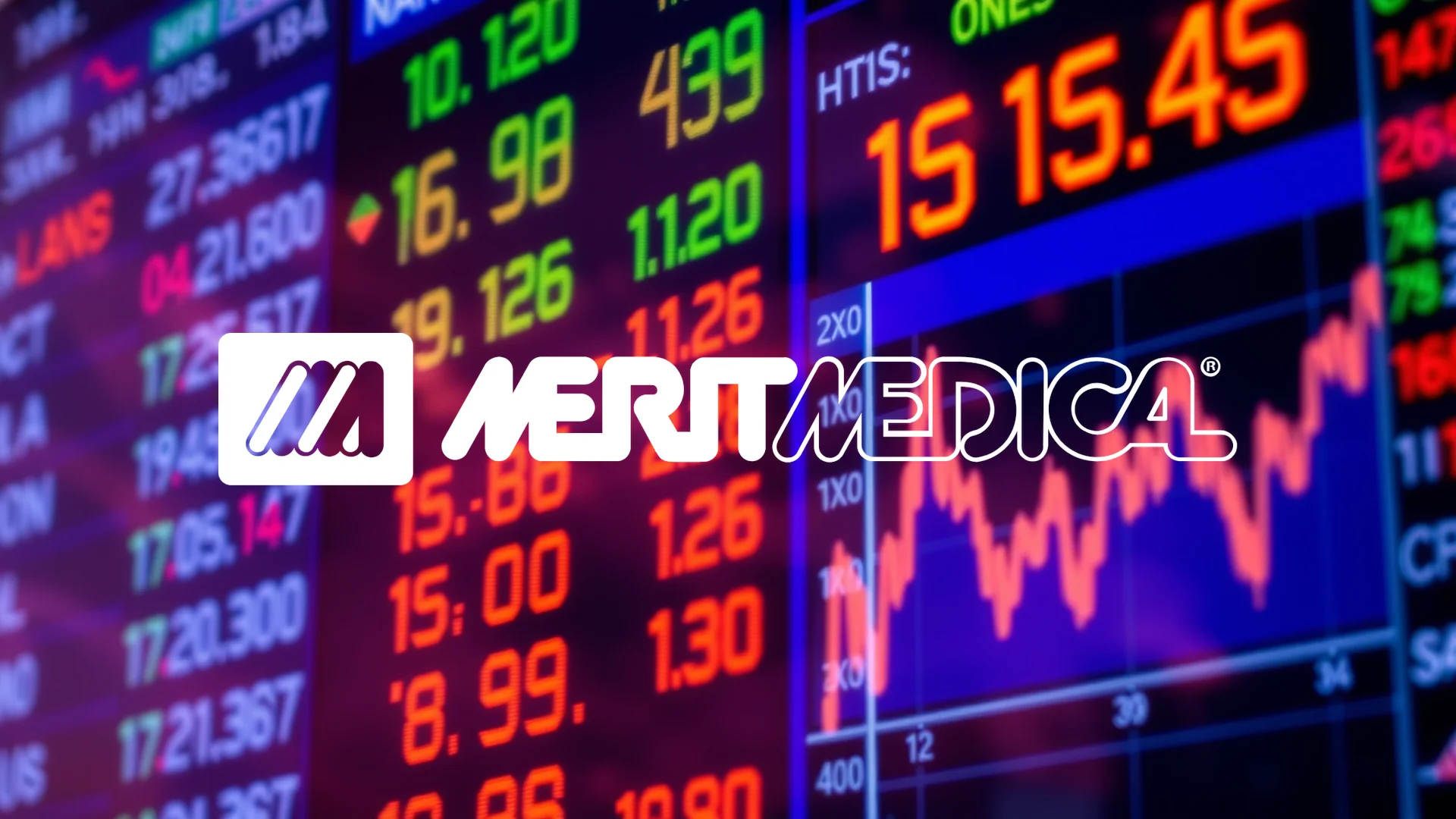After years of struggling against cheap imports and declining prices, Europe’s steel sector may be approaching a turning point. A decisive policy shift from Brussels, featuring stringent trade restrictions and the Carbon Border Adjustment Mechanism, could fundamentally alter market dynamics for Voestalpine. The critical question remains whether these protective measures can overcome persistent operational headwinds facing the industry.
Market Realities: Persistent Challenges Despite Policy Support
Political tailwinds alone cannot guarantee a sustained recovery. The operational environment continues to present significant difficulties. Construction and automotive manufacturing—the steel industry’s primary customers—continue to face economic softness, directly impacting order volumes across the sector.
Current market data illustrates this challenging landscape:
- Reinforcing steel trades in Germany at just €590 to €615 per tonne
- Declining scrap steel prices exert additional downward pressure on selling prices
- Elevated distributor inventory levels signal continued cautious purchasing behavior
For Voestalpine shareholders, this translates to a direct correlation between share performance and the fortunes of these core client industries. Until demand from these sectors shows meaningful recovery, profit margins will likely remain constrained.
Strategic Cost Management as a Core Defense
Faced with a contracting market, Voestalpine’s leadership has prioritized maintaining profitability through rigorous cost discipline. Market observers noted an unusual dynamic ahead of the November 12 quarterly results: the potential for improved earnings despite declining revenue figures.
Should investors sell immediately? Or is it worth buying Voestalpine?
This apparent contradiction points to aggressive efficiency initiatives and stringent cost control measures. The company is defending its margins through operational restructuring—a strategic imperative rather than an optional exercise. This places the stock in a complex position, caught between encouraging political developments and ongoing fundamental business challenges.
EU Intervention Reshapes Competitive Dynamics
The European Union’s strategic overhaul of trade policy is fundamentally rewriting the rules of competition. Beginning in 2026, duty-free steel imports will face substantial reduction, while the Carbon Border Adjustment Mechanism (CBAM) will impose significant costs on foreign producers operating without comparable climate regulations.
For Voestalpine, these developments create several strategic advantages:
- Enhanced Pricing Leverage: After years of margin erosion from low-cost imports, the company gains renewed ability to influence pricing
- Protected Home Market: European producers can now compete under more equitable conditions
- Profitability Potential: Intense pressure from overcapacity in third countries is expected to meaningfully diminish
These protectionist measures represent a direct response to years of industry lobbying. Brussels has acknowledged a stark reality: without defensive measures, the European steel sector’s viability was at risk.
The coming months will determine whether these new trade policy advantages prove sufficient to overcome the current downturn. Having already advanced nearly 92 percent since the start of the year, Voestalpine shares have demonstrated significant investor optimism. However, establishing a durable upward trend will require concrete operational improvements to validate these policy-driven gains.
Ad
Voestalpine Stock: Buy or Sell?! New Voestalpine Analysis from November 20 delivers the answer:
The latest Voestalpine figures speak for themselves: Urgent action needed for Voestalpine investors. Is it worth buying or should you sell? Find out what to do now in the current free analysis from November 20.
Voestalpine: Buy or sell? Read more here...










